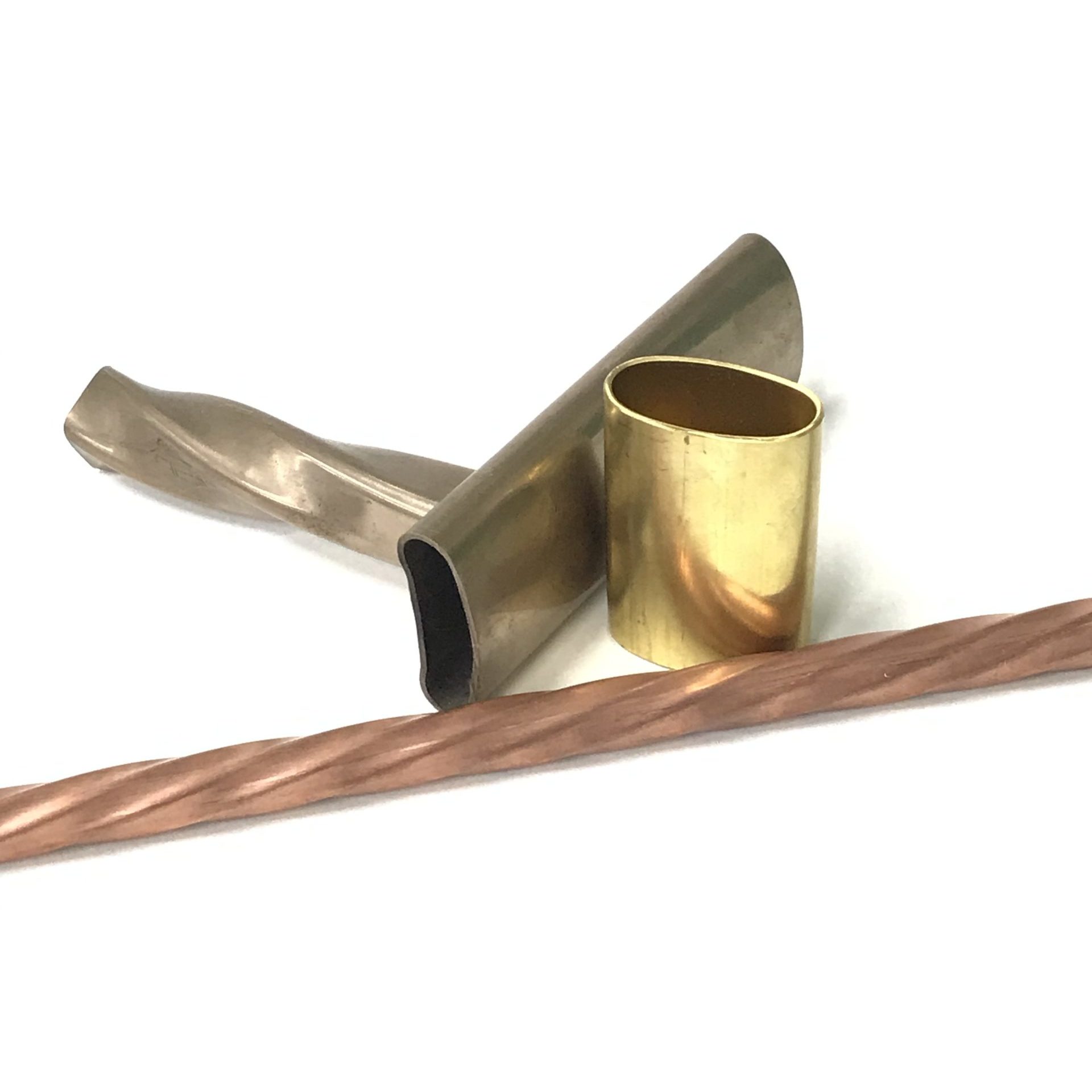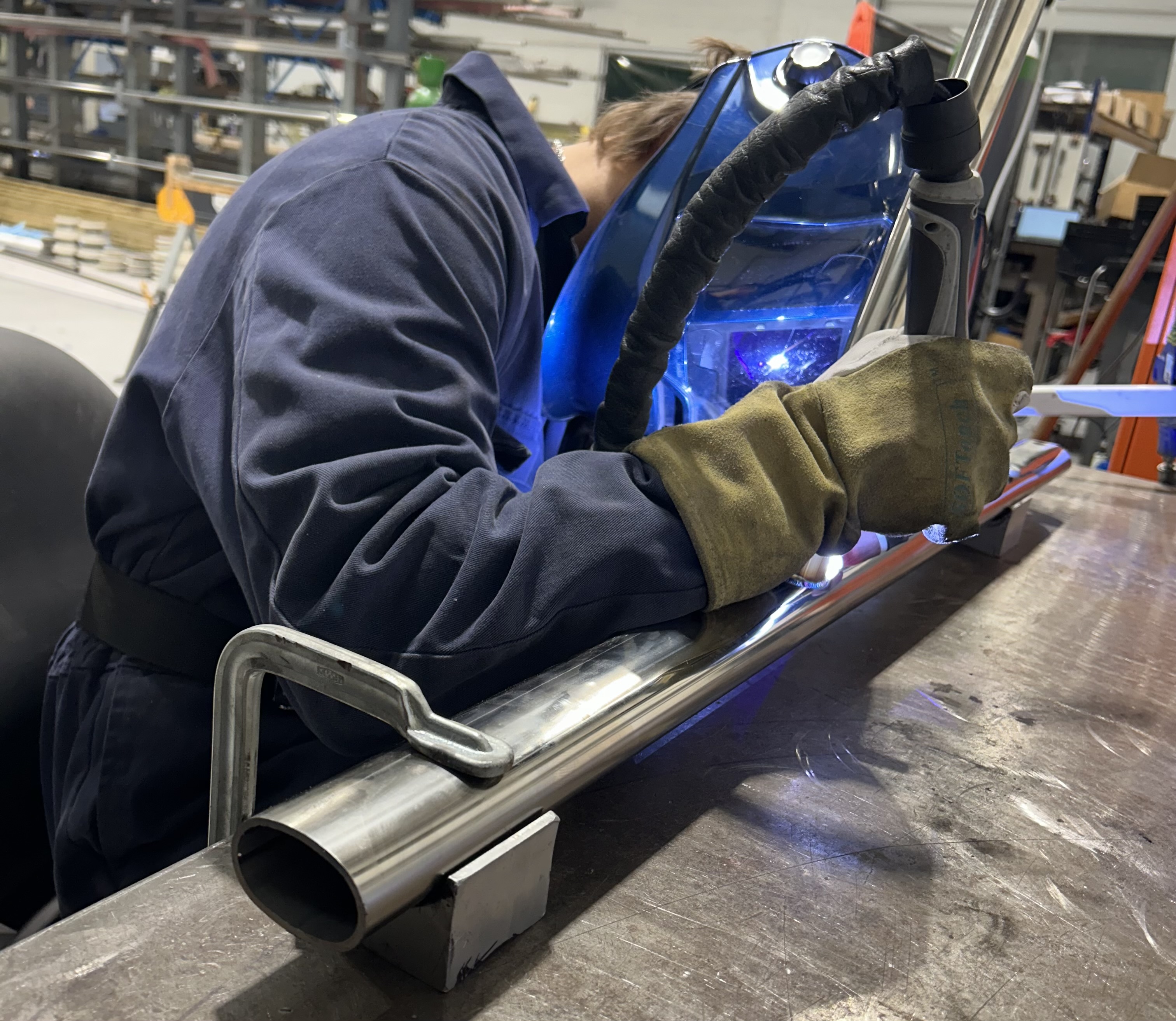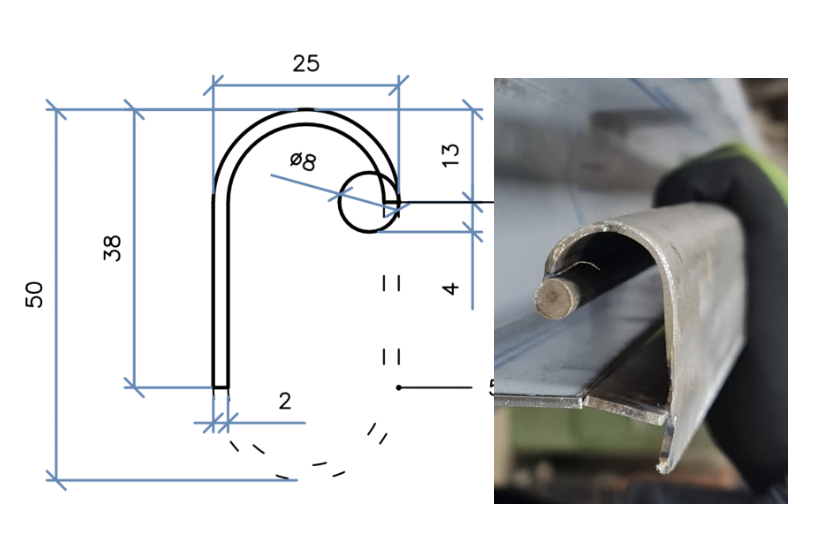Could copper tube help kill coronaviruses?

Increasing bodies of research show copper and its alloys have impressive antimicrobial properties that could help in future efforts to slow the spread of viruses such as Covid-19 and influenza A, as well as dangerous bacterial infections.
Could this metal be making a comeback in light of the global coronavirus pandemic, and our desire to stop the spread of this and other dangerous viruses? And is copper tubing a viable alternative to stainless steel and aluminium tubing across all applications?
Copper – the ultimate antimicrobial agent?
The antimicrobial properties of copper have been harnessed for centuries. Scientific tests to prove its effectiveness at killing microbes in healthcare settings have been far more recent, however. In the last 5 years, copper has made headlines, with reports suggesting that copper should be the choice of metal for hospital ‘surfaces’ and even used within uniforms worn by healthcare professionals, and in hospital bed linens and gowns, to prevent cross-contamination of pathogens that cause healthcare-associated infections.
Covid-19 kill-time
Recent research has shown that the Sars-CoV-2 virus can last for a surprisingly long time on some surfaces, including clothing, plastics and some stainless steel surfaces. Copper surfaces, however, tended to kill the virus in about four hours – making it an ideal candidate for railings and door handles, and hospital applications such as IV poles, which are regularly touched by humans.
But what about copper’s alloys – cupronickel and brass? We have yet to see results of how long these alloys take to kill the Sars-CoV-2 virus. Previous studies have shown however, that just by having copper content in these alloys provides these metals with increased antimicrobial properties. And the more copper the better. The cupronickel that we use, for example, contains 90% copper and 10% nickel, with small quantities of iron and manganese added for resistance. This is a high ratio. The brass we use – brass CZ108 – consists of copper (63%) and zinc (37%). Despite the reduced copper content, studies have shown that brass still performs better than stainless steel in killing Influenza A, so presumably the same can be said for Covid-19.
Copper tubing – as strong as stainless steel?
At Timeless Tube, we tend to produce most of our tubing from stainless steel because it is versatile, durable and it offers excellent sustainability credentials. It is highly corrosion resistant and it is easy to clean. A virus like Covid-19 could be killed within a minute on a stainless steel surface if a disinfectant was used – and the stainless steel surface would remain undamaged from the chemicals used. But this of course, relies upon regular cleaning.
Copper boasts many qualities, but it is not as strong as stainless steel. It means that it is easy for us to shape into tubing, but not as structurally robust as other metals that we use. But there are certainly ways of strengthening copper tubing, such as using a rod (made from timber or another metal) inside the tube. We could also use copper as a decorative and protective shroud to cover other tubing.
It is my feeling that copper alloys could offer a useful solution to the issue of strength. Cupronickel is stronger than copper and it boasts excellent corrosion resistance. But it does not allow the same level of ‘finish’ that stainless steel does, as it has a tendency to tarnish. But is this of importance in a healthcare setting? We may need to just adjust how we think about what looks clean and what is actually most hygienic. Grab rails, handrails, hospital bed rails, IV poles, arm rests on visitors’ chairs…all could benefit from being ergonomically shaped by us into profiles that are more comfortable to grab – and they could all benefit from being as hygienic as possible.
In order to progress with replacing metals with copper or its alloys we will also need healthcare providers and their funders to find more money to replace existing components with copper-based alternatives, and to meet the increased costs of this more expensive metal. But the huge medical costs and the devastating consequences of these contagious illnesses to the economy at large would far outweigh the initial costs.
Next steps for Timeless Tube
As engineers we are required to be creative. We need to initiate and implement new ideas. At Timeless Tube we shall be investigating if there are applications where we can viably use copper and its alloys for hygiene purposes, whether there is a demand for it, and if clients will fund it.
Please get in touch if you are interested in our experiments and enquiries into this matter, or if you have information to share on the subject.
More stories

Proving the strength of formed tubes using mechanical bend tests
An exploration into two independent axial load tests on our stainless steel formed profiles, plus a brief look at how we calculate the degree of bends for formed tubes.

Exhibitors Timeless Tube engineer tube-based showcase for Southern Manufacturing and Electronics trade fair
Visitors to leading trade show for engineers and manufacturers to experience a showcase of innovative tube designs

Cut Flat-sided Oval Tube Features in Stunning Recessed Handrail Project
Achieving unique designs often requires embracing trial and error. Timeless had the pleasure of working with pioneering UK-based bespoke steel fabricators Metcalfe on a one-of-a-kind recessed handrail